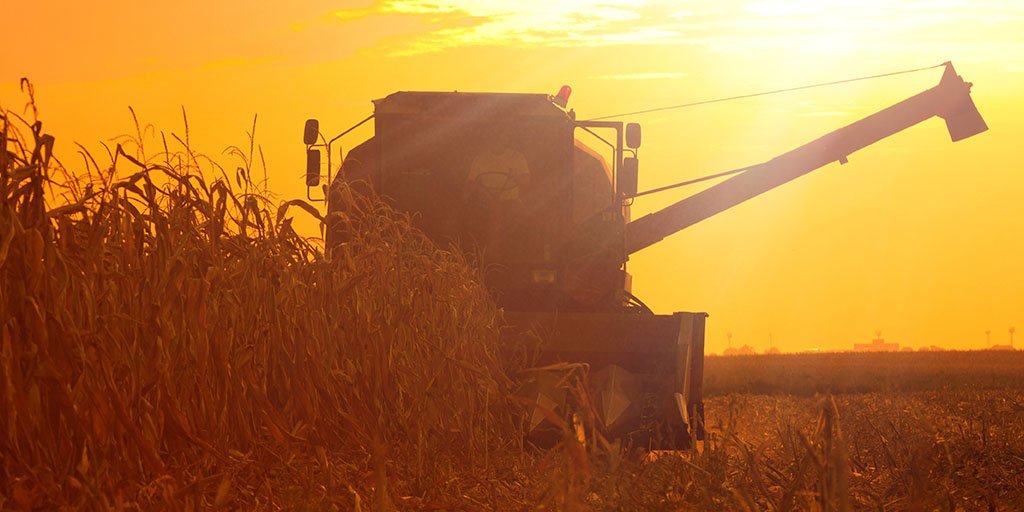Harvesting Success Amidst Logistical Challenges: United Cooperative's Crop Insights and Expansion Plans
Dec 14, 2023

By Al Jentz, Vice President of Grain
The grain crop was a pleasant surprise for most. United Cooperative is still working to finish receiving the crop from the field as I write this. We also are in the process of picking up piles in our southern territory while still putting some out on piles in the northern territory. This year’s corn crop will approach if not surpass a new harvest receipts record. Moving both corn and beans has been a challenge to date. Exports for both corn and beans have been disappointing to date as there have been logistical challenges for barges on the Mississippi and for ships traveling east as the Canal has restrictions for the number of vessels that can get through. This all has contributed to extra costs for freight and making US origin less competitive. The crop size seems to be getting larger and carryover stocks to use gets larger as well. This all contributes to the depressed prices we see. If things don’t change and we grow another trend crop, it could depress prices even further.
United Cooperative’s grain projects continue to progress. We will have an additional Nine million bushels of new storage in service next year for harvest. Along with that, we will have additional elevation capacity to unload trucks faster as well as additional drying capacity to serve your needs.
Thank you for your business and the opportunity to serve you.